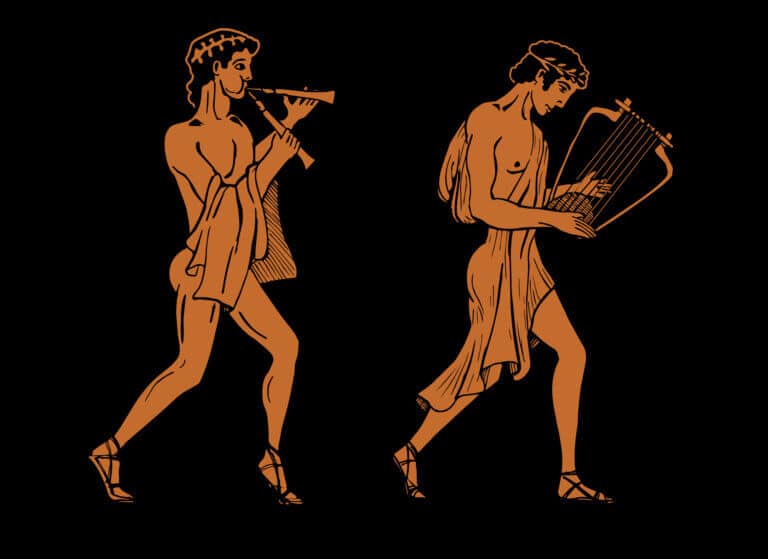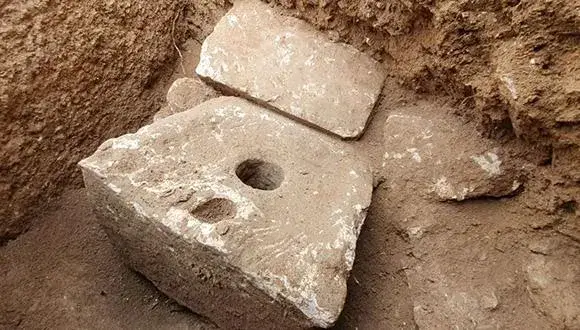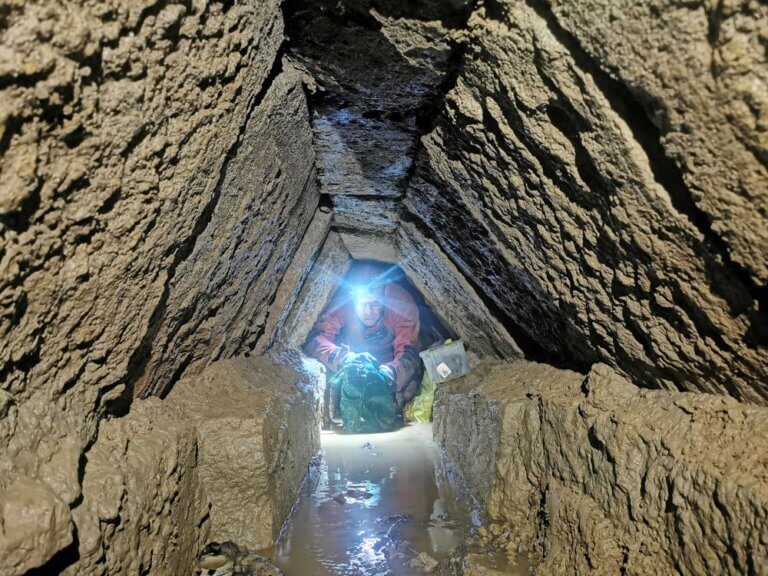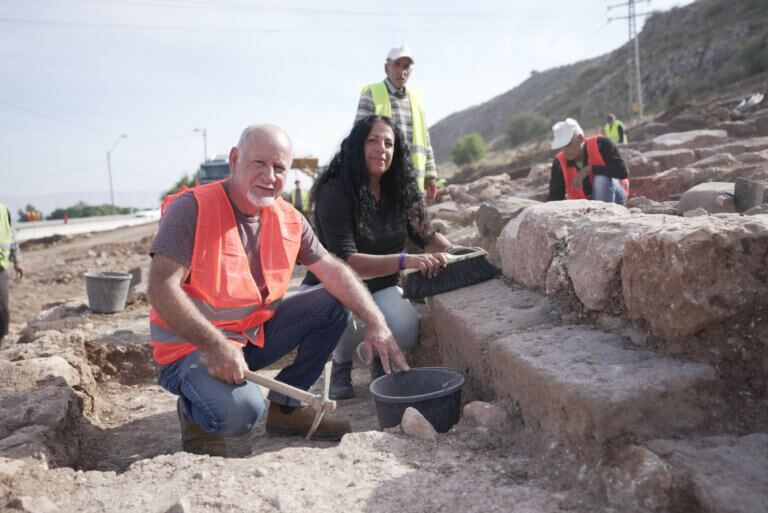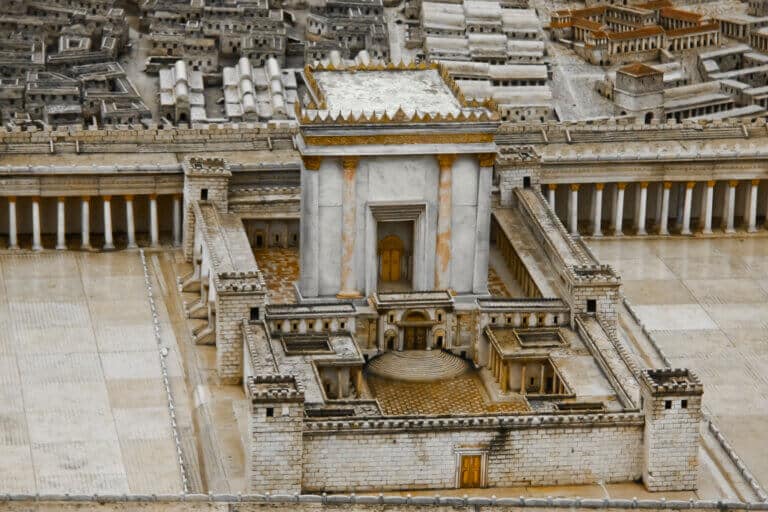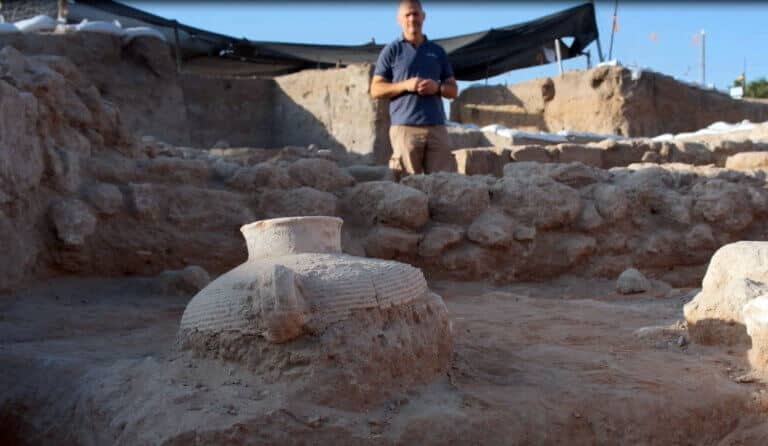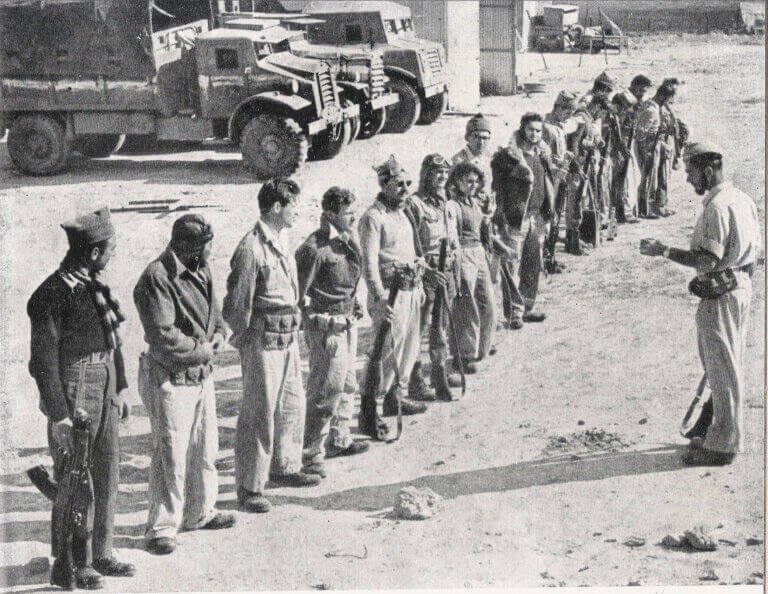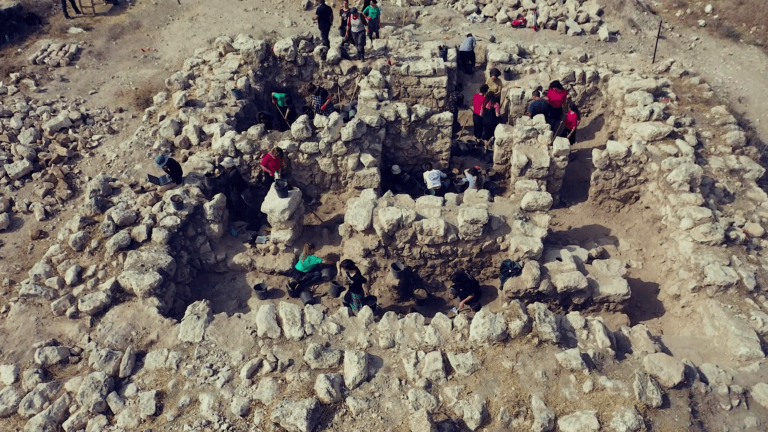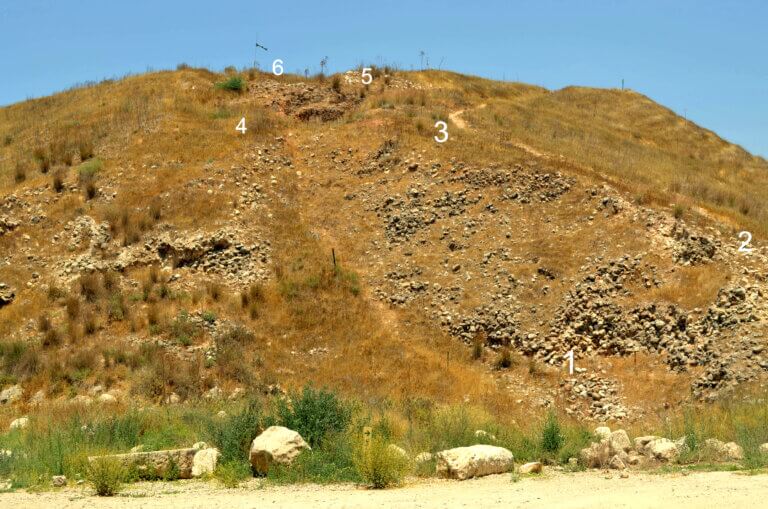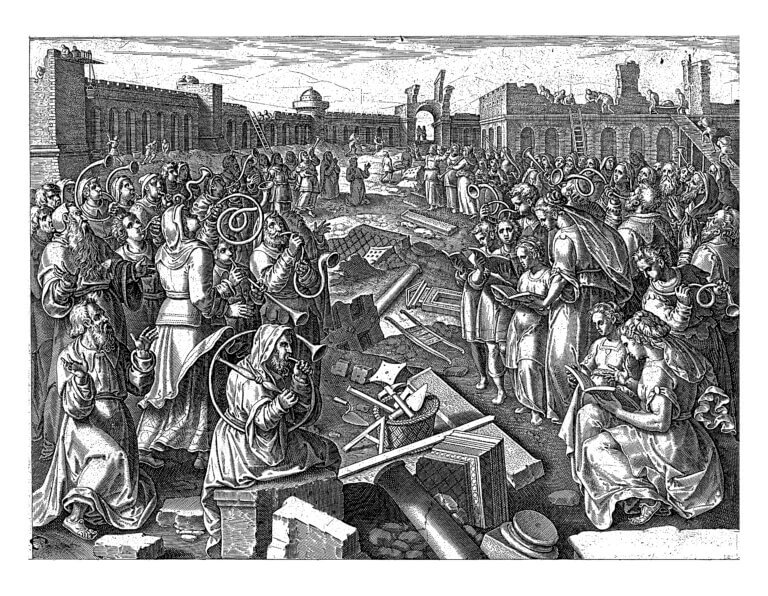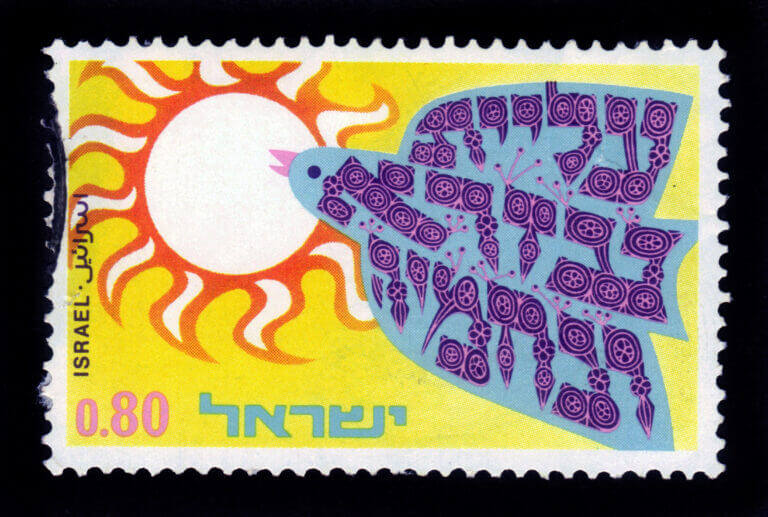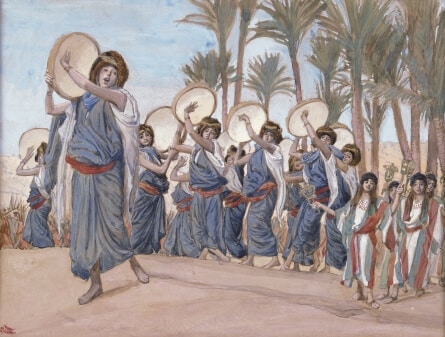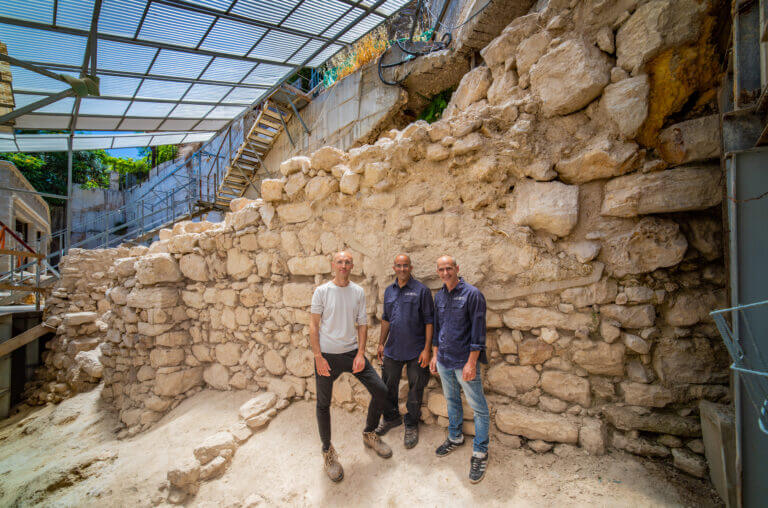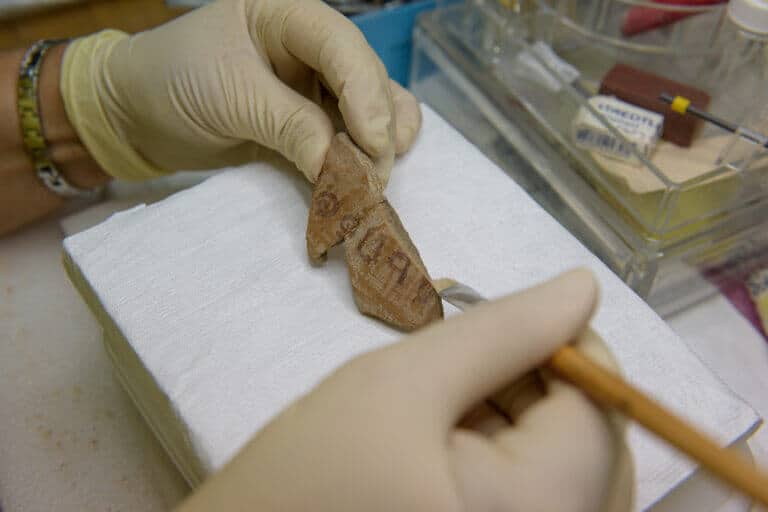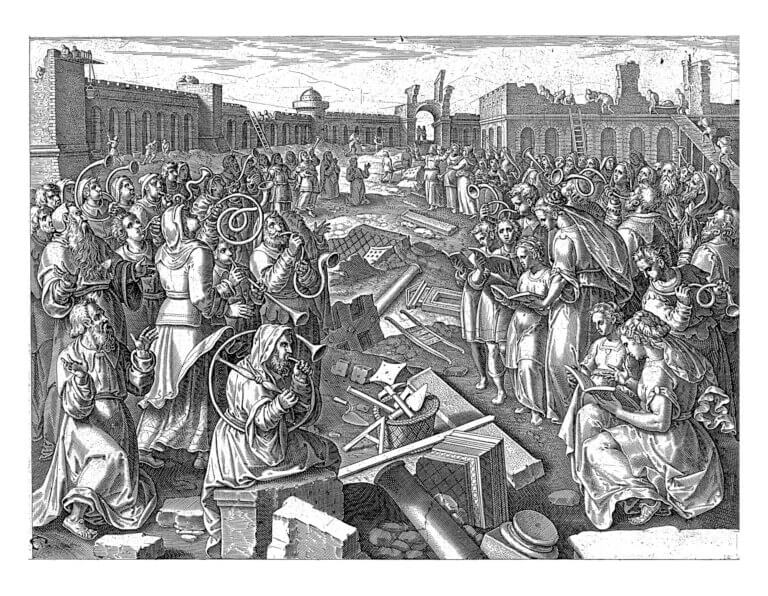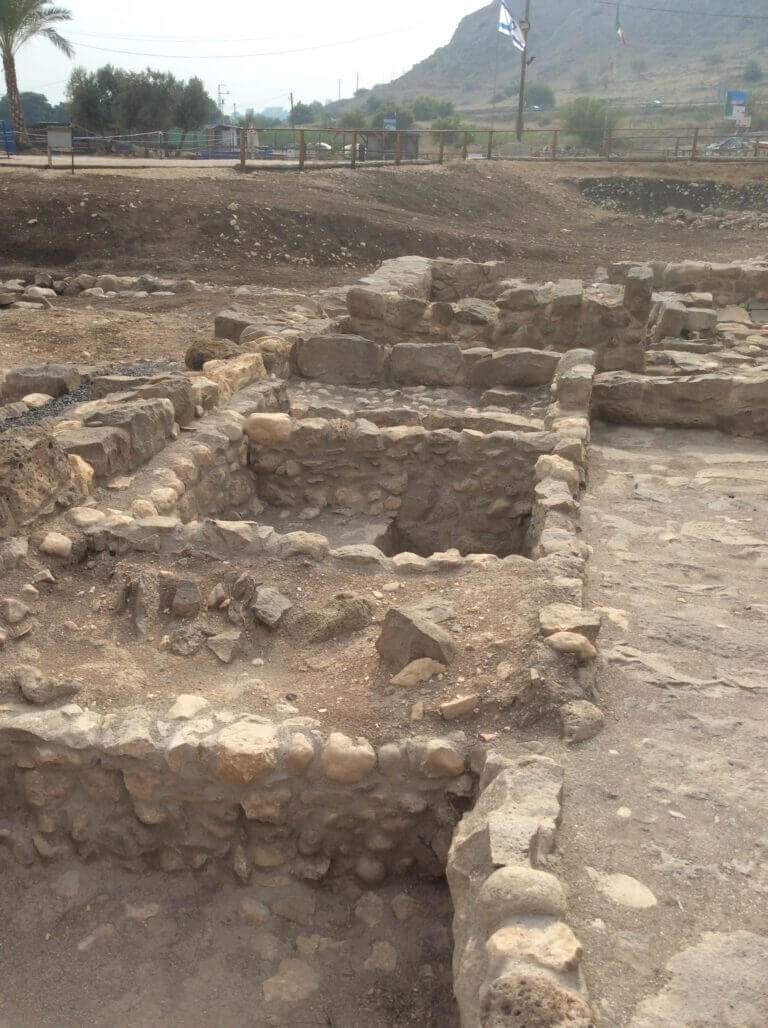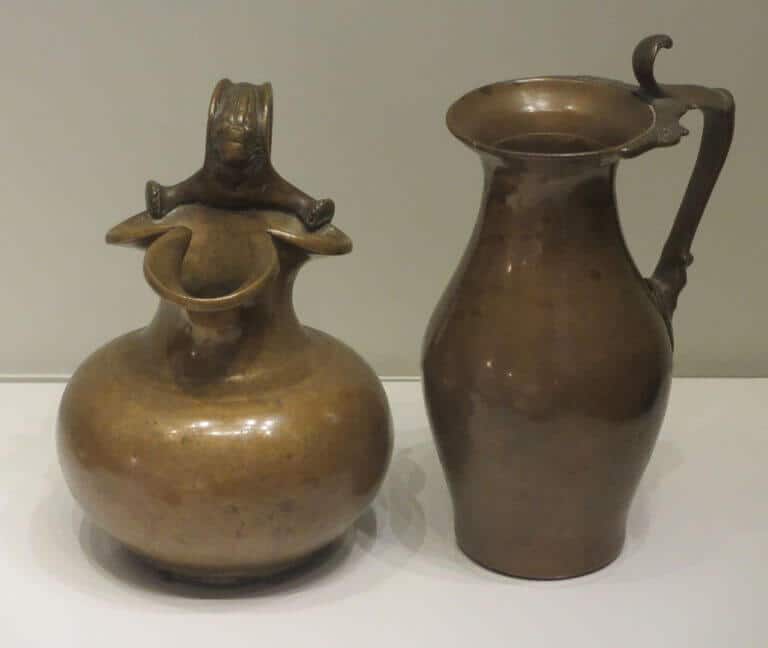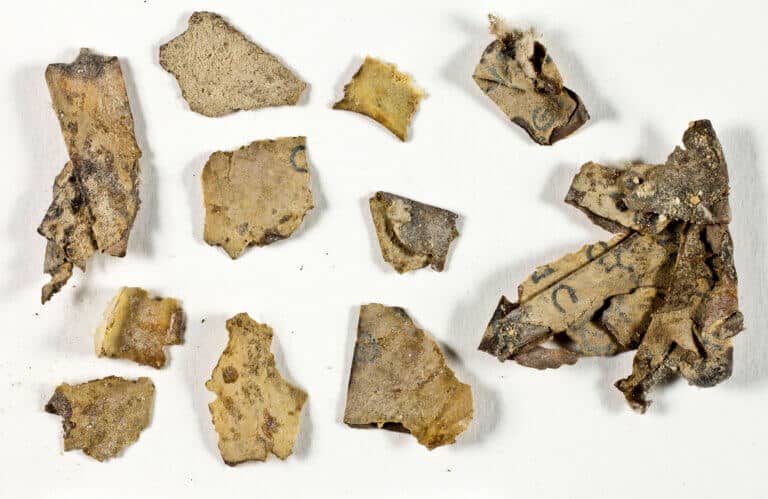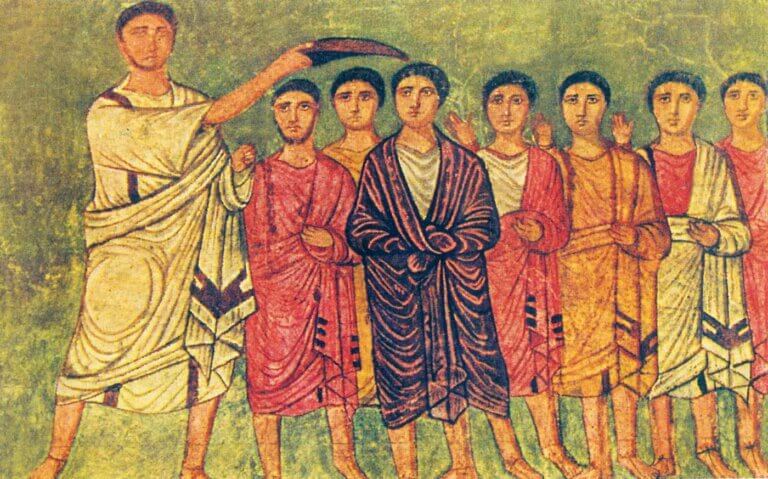Hayadan > Society and history > history > History of the people of Israel > Page 3
History of the people of Israel
- Dr. Yahyam whistles
- January 9, 2022
- 6 תגובות
The music customs in the temple during the Maccabean and Hasmonean times are under Greek influence
- Tel Aviv University
- January 5, 2022
Intestinal worm eggs discovered in toilets from that period reveal that the upper class also suffered from infectious diseases due to poor hygiene conditions
- The Hebrew University
- December 24, 2021
New discoveries in the ancient aqueducts that led to Jerusalem: the most complex documentation project done so far in Israel has discovered advanced and unique methods for exploiting underground groundwater, which made it possible to supply water to Jerusalem during the Second Temple period. "This is a one-of-a-kind testimony to Bunya's developed technological know-how"
- Haifa University
- December 18, 2021
- One response
This is the first case that two synagogues from the Second Temple period are in the same settlement. "The discovery of a second synagogue in the Galilee settlement sheds light on the social and religious life of the Jews in the Galilee during this period and indicates the need for a special structure for studying and reading the Torah and social gathering," said Dina Avshalom Gurani from the University of Haifa, a partner in the management of the excavations
- Dr. Yahyam whistles
- December 10, 2021
- No comments
In this chapter I will review the development of temple music from the end of the days of Ezera and Nehemiah until the outbreak of the Maccabean rebellion
- Israel Antiquities Authority Archeology
- December 2, 2021
- 3 תגובות
*The discovery was made in the huge excavation of the Antiquities Authority in Yavne, funded by the Israel Lands Authority and in cooperation with the Yavne municipality on the occasion of the expansion of the city. Fragments of stone vessels made of Kirton were discovered in the building, indicating a Jewish presence.
- Yoram Soreq
- November 20, 2021
- 34 תגובות
Perhaps he asks: Were we few against many in the War of Independence?
- Dr. Yahyam whistles
- November 19, 2021
- 2 תגובות
The music in the temple on the days of Shibat Zion went through several incarnations while changing from loud-rhythmic music to mixed and pleasant music
- Israel Antiquities Authority Archeology
- November 17, 2021
- One response
"The destruction of the building is probably related to the conquest of the area by the Hasmonean Yochanan Hyrcanus, around the year 112 BC," say archaeologists of the Antiquities Authority, who managed the excavation with the funding of a landmarks project at the Ministry of Jerusalem and Heritage, and with the participation of students from the Land of Israel Studies and Archeology program at the Ministry of Education
- The Hebrew University
- November 10, 2021
- 8 תגובות
The study proves the amazing power, size, strength and skills of the Assyrian army for that period, and the truth of biblical quotations concerning the words of the prophet Isaiah who lived at that time
- Dr. Yahyam whistles
- October 22, 2021
- 4 תגובות
The Second Temple was characterized by musical accompaniment to the hymns of praise, and musical ceremonies intended for the pilgrims
- Dr. Yahyam whistles
- September 15, 2021
- No comments
In this chapter I would like to highlight the special and significant contribution of the captains of the return to Zion - Zerubbabel ben Shealtiel and Yehoshua ben Yehozedek (516-538 BC) and especially that of Ezra and Nehemiah (432-458 BC) in regards to Jewish music in the Temple
- Dr. Yahyam whistles
- August 20, 2021
- One response
Holistic and vocal music occupied a very important place in the biblical period and it is a matter of emphasis - the lack of a prominent and unique connection to worship specifically. The poetry that was common was secular and it included songs of sand, wine, feasting and debauchery. Here and there there were spontaneous single service following events
- The Hebrew University
- August 10, 2021
A pair of female researchers from the Institute of Archeology at the Hebrew University were able to identify, through advanced XNUMXD computational research, a new cultural group that existed in Jerusalem and its surroundings between the conquests of the Assyrian Empire after Sennacherib's campaign and the destruction of the Kingdom of Judah
- Yoram Soreq
- July 30, 2021
- 12 תגובות
Is it true, the reader wonders) Ze'ev, Mark Twain personally testifies that the earth was empty until we redeemed it? Why doesn't our advocacy use such convincing and reliable testimony?
- Israel Antiquities Authority Archeology
- July 16, 2021
- One response
According to the researchers, this find connects additional sections of the wall, which were uncovered decades ago, and for the first time sequentially outlines the eastern defense line of the city on the eve of the Babylonian destruction. Near the wall were discovered jug handles that were in use on the eve of the destruction, a Babylonian seal and a seal impression bearing a name in ancient Hebrew script
- Israel Antiquities Authority Archeology
- July 12, 2021
- 3 תגובות
Who are you Yerubael? The man is mentioned in a 3,100-year-old inscription that was discovered near Kiryat Gat, in the excavations of the Hebrew University in Jerusalem, the Antiquities Authority and McQuarrie University in Sydney. , belonged to him"
- Dr. Yahyam whistles
- June 26, 2021
- 3 תגובות
This series deals with music and the historical foundations woven together in the fabric of both general and vocal music from the return of Zion to the fourth century AD, while alongside the question: what they sang, what they played and on what instruments, the treatment of the political, economic, social foundations stands out, and certainly the religious and ritual ones acted at the forefront of the musical stage and within it
- Dr. Yahyam whistles
- May 29, 2021
- One response
The Roman policy aimed at increasing the productive forces resulted in more and more Jews becoming landowners; An intensive economy has developed and spread over everything involved; Inhabiting villages and towns with Jews; Industrial production centers were absorbed in the villages; The city is taking shape and with it its agricultural fields and economic prosperity
- Avi Blizovsky
- April 30, 2021
- No comments
A separate and special field on the subject of the thin and rough cattle involves the use of the "product" of the rough and thin cattle for the benefit of agriculture apart from the plowing and threshing, which is the waste.
- Tel Aviv University
- March 27, 2021
- 7 תגובות
The exodus from Egypt is the story around which Passover is celebrated, and it also symbolizes for us an exit from slavery to freedom, but is there any historical truth in the story?
- Israel Antiquities Authority Archeology
- March 16, 2021
- 2 תגובות
This is the first time after about 60 years that fragments of scrolls from the books of the Bible have been discovered in excavations. The fragments, rewritten in Greek, include remnants of the books of the Ten Prophets, among them Zechariah and Nahum * The remains of the scroll and other rare finds were discovered by archaeologists of the Antiquities Authority in a challenging national project and dramatic, designed to eradicate the looting of antiquities in the Judean desert
- Dr. Yahyam whistles
- March 12, 2021
- One response
From the rebellion of Ben Kusva onward, many factors worked to cultivate the whole issue of the rough animal and its use for the production of meat and dairy products and leather.
- Dr. Yahyam whistles
- February 12, 2021
- 2 תגובות
The economy in the Roman period also included raising meat, fat animals (cattle) and thin animals (sheep). They too were required to give them as a tax to feed the large Roman forces that were staying here
- Israel Antiquities Authority Archeology
- January 30, 2021
- 6 תגובות
In a joint study by the Antiquities Authority, Tel Aviv University and Bar-Ilan University, archaeologists unearthed pieces of cloth dyed in the royal scarlet color from the time of Kings David and Solomon.

